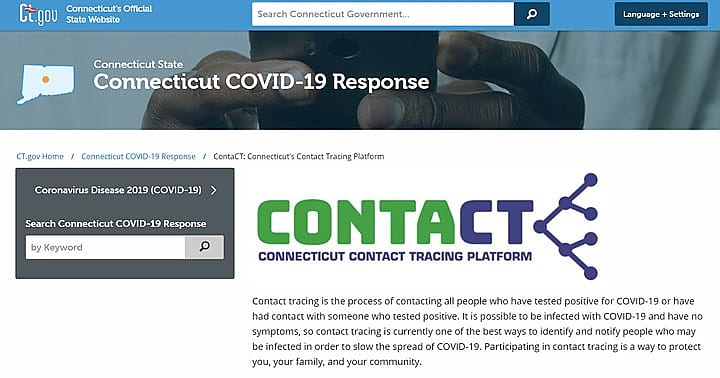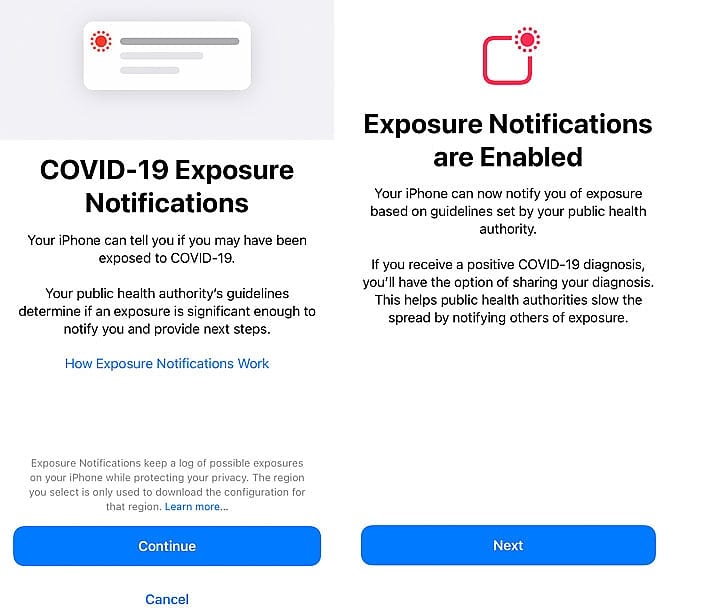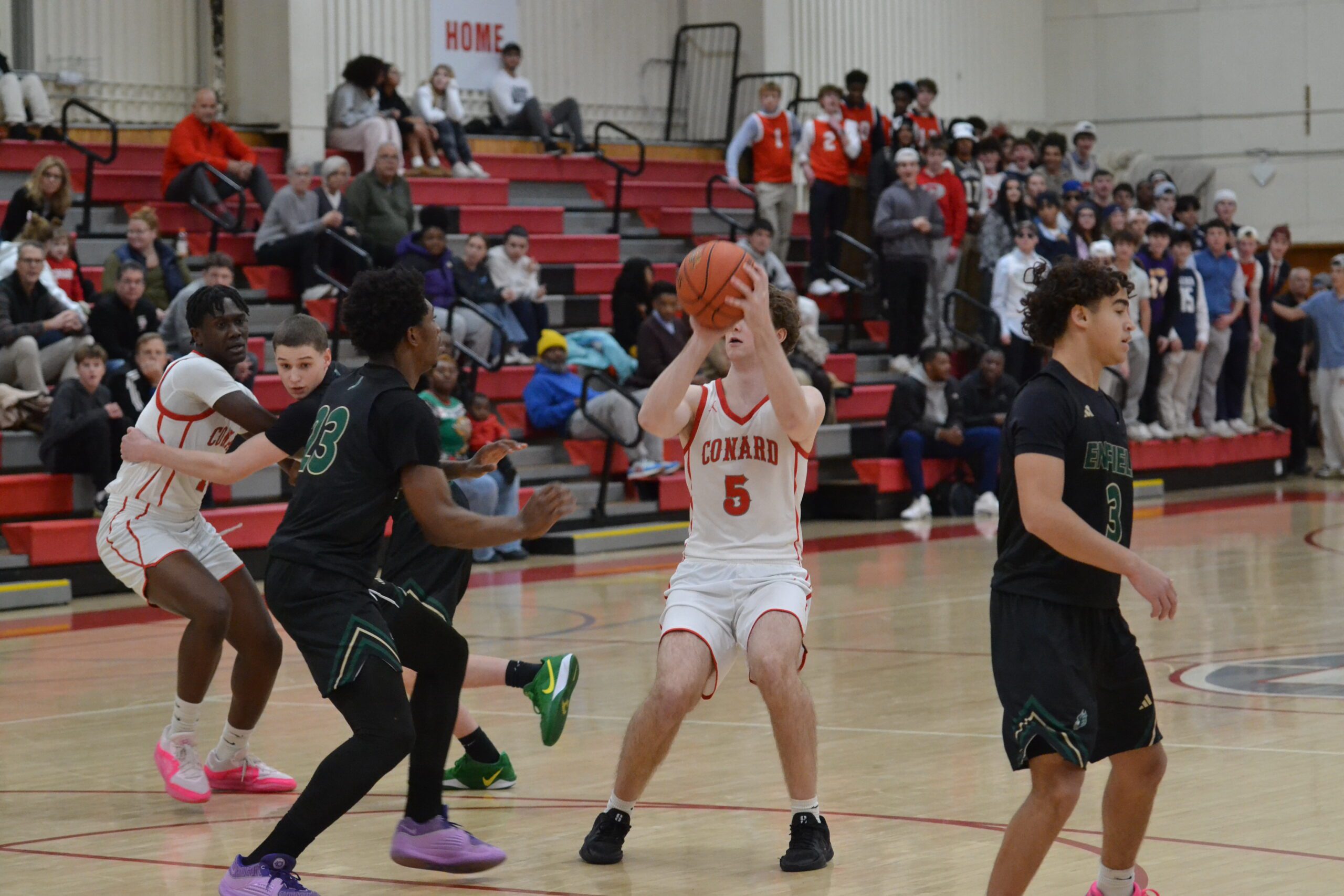Contact Tracing Increasingly Incomplete

Audio By Carbonatix

Connecticut Contact Tracing website. Courtesy of CTNewsJunkie.com
More contact tracing is being handled by state contact tracers, rather than local health districts, because the health districts are shifting their efforts toward the COVID-19 vaccination process.
By Emily DiSalvo, CTNewsJunkie.com
Although contact tracing is recognized as a significant means of curbing the spread of COVID-19, it is producing incomplete results against a rising tide of infection in Connecticut.
Despite the work of both state and local tracers, only 55% of positive cases reported into the ContaCT system between Dec. 27 and Jan. 2 were successfully reached within 48 hours of the positive test. Contact tracers attempted to reach 99% of these cases by phone.
The numbers are even lower when it comes to the number of contacts of positive cases who were successfully reached. In the same time frame, only 41% of these calls were successful, despite 97% of them being tried within 48 hours.
“We have two staff who dedicate some of their time to contact tracing, and then we have me – I dedicate some of my time to contact tracing and it is not nearly enough,” said Russell Melmed, director of health at the Chatham Health District in East Hampton.
“We are getting between 150 and 200 new cases every week and it can take a full day to do a full contact trace for one case,” Melmed said. “People have a lot of contacts now. People are out and about doing a lot of activities – work, social engagements. Just a single case, if done thoroughly, can take a full day.”
A project manager for contact tracing at the Department of Public Health who wished to remain anonymous said the ideal situation would be three calls a day for three days, but that isn’t always possible.
In addition to local contact tracers, the state currently has a base of 270 paid contact tracers and 84 volunteers as well as 163 staff and volunteers working at state universities, according to DPH. Melmed said in his experience, the communication between different groups of contact tracers is sparse.
“The records that we can see in our contact tracing system are sometimes incomplete,” Melmed said. “We can’t always tell if something has been done, or a call has been made by the state contact tracers. There’s no communication between state contact tracers and local health departments that we have seen.”
How should it work?
Vickie Han, a nurse and contact tracer working with the Chatham Health District, explained that when a positive case enters the system a contact tracer is expected to make an attempt to reach them within 48 hours.
“You kind of feel out if someone is going to be cooperative or not cooperative at all and that might change a little bit of the approach,” Han said. “Generally we ask about signs and symptoms, symptom onset. We gauge at what point the person became contagious and therefore it points us in the direction of who the contacts were.”
Since people with COVID-19 can be positive prior to the onset of symptoms, contact tracers work to identify when the period of contagion began so that they can identify all possible contacts.
In October, the state signed a contract with California-based AMN Healthcare to recruit “contact tracers, case investigators and supervisors to supplement local health departments in tracing those who have been in touch with people who test positive for COVID-19.” All 270 tracers hired by the firm are Connecticut residents and the contract extends until July 27, according to the DPH.
The department’s expectations, outlined in its request for proposal included “working in collaboration with local health departments and DPH based on where local health departments fall behind or need additional help to make timely contact with all newly identified cases and their contacts.”
As of now, Han said the collaboration between the state and local health districts has shifted so that local health districts can focus more time and energy on vaccine distribution.
“A majority of our cases are being contacted by state contact tracers, especially because we have been ramping up to do COVID vaccines,” Han said. “We really try to prioritize and when we are looking at our caseload we try to prioritize and reach those positive cases that are under 18 years of age, school-aged or day care-aged to make sure those families are aware of the guidance to keep kids out of school.”
Among the issues plaguing this crucial process are failure to reach contacts, an inundation of cases and confusion about the COVID-19 app.

iPhone exposure app
Incomplete tracing
Some Connecticut residents, like Dawn Marzik of West Hartford and her husband, who have tested positive, said that reassuring the contact tracer on the phone that they will call all of their contacts and notify them of a positive test is enough for them to stop the contact tracing process.
“I didn’t end up giving them the names,” Marzik said. “We promised we were calling them and at the time, we already had.”
The project manager said that tracers are expected to ask for names, phone numbers and addresses even if the person indicates they have already reached out to potential contacts.
Other positive cases note that while contact tracers asked for names of potential contacts, they did not ask for a way to get in touch with them.
“They didn’t even ask me for a phone number – I just realized that now,” said Dawn Nile of Windham, who tested positive in early December and did not hear from a contact tracer until four days after she received her results.
Nile also said that she reassured the contact tracer that she had been in touch with people who she had been with recently.
App Not Applied
According to the project manager for contact tracing in Connecticut, nearly 30% of Connecticut residents have adopted the COVID Alert CT app. For Apple users, it is activated in an iPhone’s Settings, but for Android users it is a new application that requires download.
The app when activated, will send notifications to contacts of a positive case who have been within six feet of the infected person for more than 15 minutes, if the infected person has uploaded the positive test result into the app.
When a positive test is entered into the state system, that triggers contact tracing. At that point in time, the contact tracer is supposed to provide infected people who have the app with a code to enter into it. However, if the person is not reached by a contact tracer, the app will not notify the people who have been exposed.
Nile said she was not aware of how the app works or how to upload her result when she tested positive.
“No one said to me, ‘Do you have the app, would you like to download it or would you put in your results?’” Nile said. “I didn’t even know to do that.”
At the local level, contact tracers like Han have not used the app yet, but have received questions about it from community members.
“The contact tracing, I thought, was going to be much more hands-on,” Nile said. “I did not find it to be at all.”
Republished with permission from CTNewsJunkie.com, all rights reserved.
Like what you see here? Click here to subscribe to We-Ha’s newsletter so you’ll always be in the know about what’s happening in West Hartford! Click the blue button below to become a supporter of We-Ha.com and our efforts to continue producing quality journalism.



